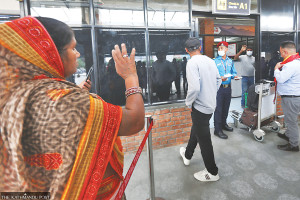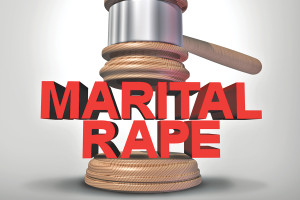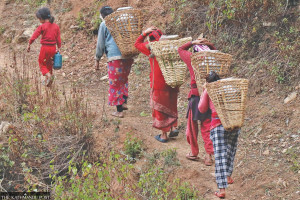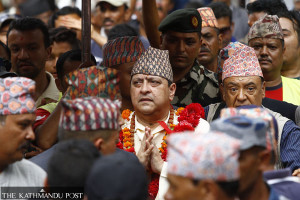 17.12°C Kathmandu
17.12°C KathmanduEditorial
Bad medicine
Expensive medical education is infusing commercial elements into a critical service sector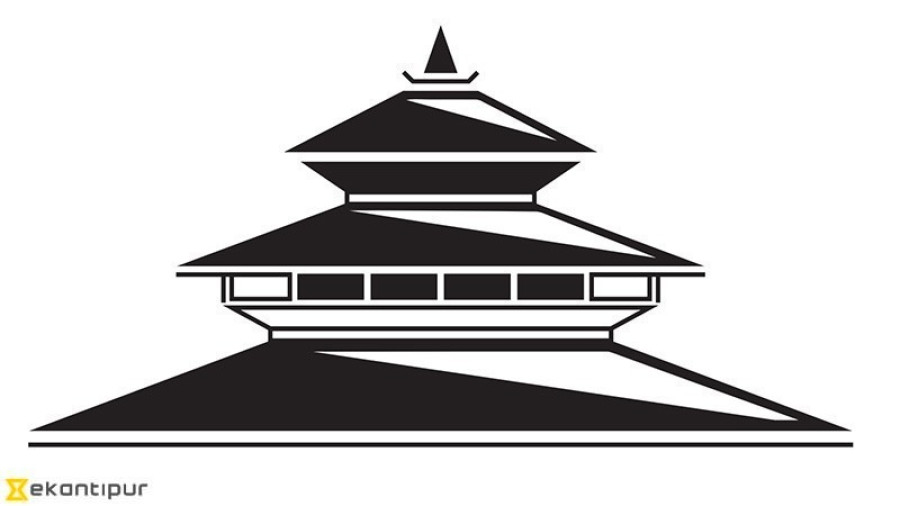
In line with the recommendation made by the Health Profession Education Policy drafted by a team led by Kedar Bhakata Mathema, the Tribhuvan University’s Institute of Medicine (IOM) on Saturday instructed its affiliate medical colleges to reduce fees for the MBBS course—one of the demands of Dr Govinda KC who has staged 10 rounds of hunger strikes demanding reforms in the country’s medical education.
Private medical colleges charge exorbitant fees—putting undue financial pressure on students. This forces many families to incur huge debts to finance their children’s studies. Because the initial investment is high, most young doctors worry about a return on their investment.
As a result, many newly inducted medical practitioners look straight into profit-making. Unsurprisingly, many doctors are seen to be constantly looking for ways to maximise their income. Anecdotal evidence even suggests that doctors tend to overprescribe, ask for too many tests and recommend their patients to visit certain laboratories where the rates for, say, a CT scan is much higher than in most other places.
Many countries have a number of government medical schools that offer education at subsidised rates; our education system, on the other hand, is overwhelmed by private actors whose sole motive, at the end of the day, is to maximise profits. Here too, Dr KC’s demand for establishing more government schools outside Kathmandu Valley and at least a medical college in each proposed province deserves some careful thought.
People like Dr KC understand the dirty connection between expensive medical education and substandard and expensive medical treatment. The common citizen be damned. Unsurprisingly, KC’s dogged fight through a non-violent means to bring about reforms in the corrupt medical sector, repeatedly risking his own life, has best been supported by students in medical colleges and by young doctors. While some of KC’s demands are on their way to being fulfilled, he fears that any complacency will reverse the gains made so far.
Against this backdrop, the decision by the Institute of Medicine to reduce the admission fees for MBBS students is a welcome step. The IOM has set the fees at Rs3.5 million for the Valley and 3.8 million for outside the Valley. But still the question remains: shouldn’t the government entirely subsidise medical education in a poor country like ours? Rs3.5 million is still a significant capital investment for a service-oriented profession. That amounts to the total income of an average Nepali for 50 years.
Admissions to medical schools should largely be based on merit, though provisions for those who are underprivileged should not be ignored. A student who is on the merit list but cannot afford her education should get support from the government. For repayment, just like the scholarship students who have to serve a few years in government health facilities, either the students should work for the government or pay back the amount within a mutually agreed upon period. This will ensure a smooth implementation of the merit list, providing an opportunity for the best and the brightest to join the medical sector.





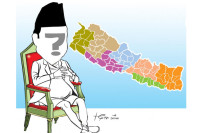


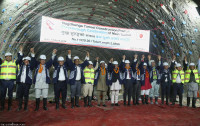
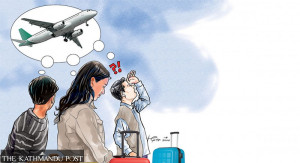
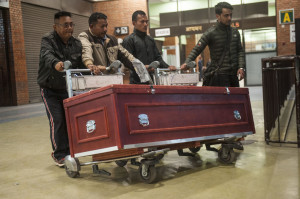

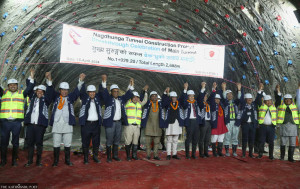

.jpg&w=300&height=200)
